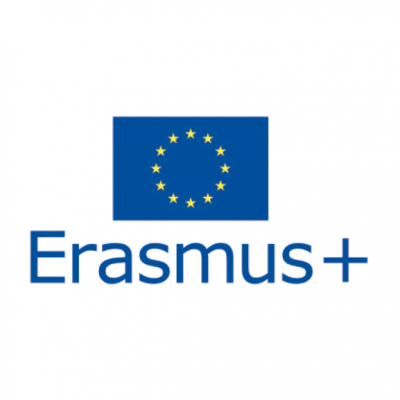
Erasmus+ VET Mobility Charter
Date de clôture : 19 mai 2016
APPEL À PROJET CLÔTURÉ
APPEL À PROJET CLÔTURÉ
1. Introduction
This specific Call is based on Regulation (EU) No 1288/2013 of the European Parliament and of the Council of 11 December 2013 establishing 'Erasmus+': the Union programme for education, training, youth and sport repealing Decisions No 1719/2006/EC, No 1720/2006/EC and No 1298/2008/EC with EEA relevance.
The Work Programme for Erasmus+ for 2016 C(2015) 6151 as adopted by the Commission foresees a "VET Mobility Charter" for the accreditation of bodies with a strong record of successfully organising high-quality mobility for VET learners and staff.
2. Background
One of the objectives of the 'Erasmus+' Programme is to increase quality mobility within vocational education and training (VET) and support the European internationalisation of VET organisations in the Erasmus+ Programme countries.
The Copenhagen Process has, since 2002, strived to modernise vocational education and training, make it more attractive and develop Europe-wide approaches such as increased transnational mobility, better transparency and recognition of qualifications and general internationalisation in the sector, thus contributing to the creation of a genuine European labour market.
3. Objectives and description
The Erasmus+ VET Mobility Charter is intended to encourage organisations that have track records of proven quality in organising VET mobility for learners and staff to further develop their European internationalisation strategies. European internationalisation is not just the furthering of learning in another Erasmus+ Programme country by embedding high quality mobility activities into curricula. It also involves developing international approaches throughout the sending organisation, for example by networking with bodies in other countries, promoting the learning of foreign languages and looking beyond national VET approaches.
The acquirement of the VET Mobility Charter will give the VET Mobility Charter Holders the possibility to apply in a simplified way under the Erasmus+ Key Action 1 mobility for VET learners and staff as of 2017. It aims also to support the capacity building of sending organisations to organise quality mobility for learners and staff, whilst at the same time rewarding, promoting and further developing quality in mobility.
The VET Mobility Charter is awarded for the full duration of the Erasmus+ Programme and is subject to monitoring as mentioned later in the call.
Note that the award of the VET Mobility Charter does not imply any direct funding nor any guarantee for funding under the Key Action 1 mobility for VET learners and staff.
The VET Mobility Charter holders will be identified on the Erasmus+ website, in order to make more visible to companies in Europe the sources of trainees coming from an organisation of a high qualitative background.
The 2017 Erasmus+ Programme Guide will be published in the autumn of 2016.
The non-award of the Charter does not preclude the right of the VET organisations to submit a full application under subsequent application deadlines for VET mobility as indicated in the Erasmus+ Programme Guide.
The VET Mobility Charter is not obligatory for participation in Erasmus+ VET Mobility. VET mobility in the Erasmus+ Programme is also open to new bodies and smaller institutions and indeed other applicant bodies which may not wish to be accredited with the VET Mobility Charter, but which nevertheless would like to participate in transnational VET mobility. These organisations can submit applications for mobility project funding in the usual way under the Key Action 1 mobility for VET learners and staff as indicated in the Erasmus+ Programme Guide.
4. Eligibility criteria / Eligible applicants
Applications for the VET Mobility Charter can be submitted either by a single VET organisation or by a national mobility consortium, provided that:
-
- for an application as individual VET organisation: the applicant must be a VET organisation established in a Programme Country, sending its own learners and staff abroad;
-
- for an application as national mobility consortium: the applicant must be the coordinator of the national mobility consortium. Any member of a national mobility consortium can be the coordinator. A consortium must comprise at least 3 members, i.e. participating organisations. All members of the consortium must be from the same Programme Country and need to be identified at the time of applying. Amongst the members of a national mobility consortium, the sending organisations must be organisations providing vocational education and training and sending their own learners and staff abroad.
Consortia might be either already legally or informally established or they can be new ones.
Each sending VET organisation remains responsible for the quality, the contents and the recognition of the mobility periods. Each member of the consortium is required to sign an agreement with the consortium coordinator to specify the roles and responsibilities and the administrative and financial arrangements; the modalities of cooperation shall specify matters like the mechanisms for preparation, quality assurance and follow-up of mobility periods.
Lien officiel : Disponible pour les utilisateurs enregistrés




S'il vous plaît Se connecter pour voir cette section